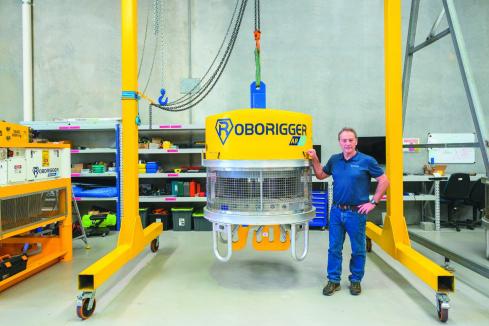Few startups will tick all investors’ boxes, but there are some simple criteria to be aware of.


A record $US156 billion in venture funding was invested in startups around the world last quarter, according to CB Insights.
For most of the past few years, quarterly investment globally had been around $US70 billion, so this was a significant uplift.
Here in Western Australia, things are a little bit quieter.
Early-stage businesses in WA had to compete for a grand total of $25 million private investment last year (0.3 per cent of total invested in WA companies), $17 million of which went to two companies: PictureWealth and Roborigger.
So, if you were thinking about adding a local startup to your investment portfolio, how might you go about determining which ones would work, and which would likely fail?
There is no certain formula, of course.
However, you can’t go far wrong considering the following criteria.
• Superb founders
Possessing deep, relevant domain experience (they know the industry), coachable (they listen and take on advice), they have a history of entrepreneurial ventures (maybe a few failures, that’s fine, it’s all learning), and a good mix of tech and sales expertise.
• Huge addressable market
Large global total addressable market, and the potential market is only getting bigger.
• Clear customer problem and value
The team has identified and can solve a large customer problem and/ or create gains for the customer, which is willing to pay for this, and there’s evidence this is already happening (traction).
• Competitive landscape mapped
Thinking ‘We don’t have competitors’ is a big trap.
The team must have a clear idea of where they sit in the market, who their main threats are, and how to differentiate and protect themselves (they have an unfair advantage).
• Protectable IP/tech edge
They have some innovation they either own or have exclusive access to, which is protected, and they can wield to their benefit.
• Timing
Very important; if the race is already won, it’s too late.
Being early is tough, but not as bad as being too late. Is the market ready for this innovation?
Where’s the evidence that it is?
• Plans and goals
What are they wanting to do? How realistic are their plans? Where will this investment get them to?
• Risks and gaps
What can go wrong? Where are the gaps in the team? Can the potential downsides be avoided or alleviated?
• Other shareholders
Who are the other investors/ shareholders? Do you want to be in business with them?
What’s the quality of the board, mentors, advisers? If it all goes pear-shaped, can you get out?
• Opportunity for 10x
Every investor wants a 10-times or more return on their investment, and they need patience (it can take five to seven years).
What is the likelihood of a 10x return with this company?
Not every criterion should necessarily be weighted the same.
If you were to push me, then I’d say strong, coachable founders, with a large market, some traction and good timing would be the most important reasons startup succeed.
However, for a complete assessment, you should look at all 10 factors.
Whatever you do, try not to get too excited about a particular startup, or any one aspect of the company.
Keep it unemotional. It’s easy to buy things; anyone with money can buy things.
So be ruthless and consistent in your assessments.
You may look at 10 or 20 startups before you invest in one.
Or perhaps the first one you see is the one.
Once you do invest, give that team all the support, advice, and mentorship you can (and that they need and want).
Add value to the company, open doors.
Give them the space they need, but also be prepared to roll up your sleeves and help when required.
• Charlie Gunningham is the founder and principal of digital strategy advisory business Damburst














